| Structure | Name/CAS No. | Articles |
|---|---|---|
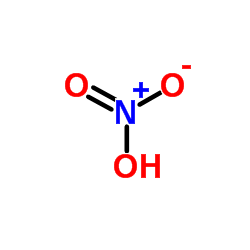 |
nitric acid
CAS:7697-37-2 |
|
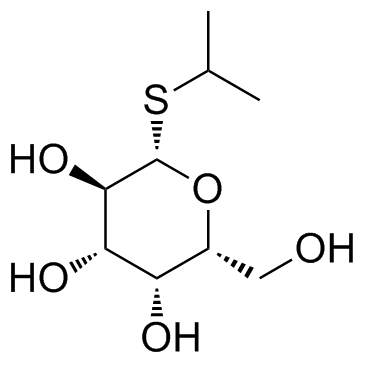 |
Isopropyl-beta-D-thiogalactopyranoside
CAS:367-93-1 |
|
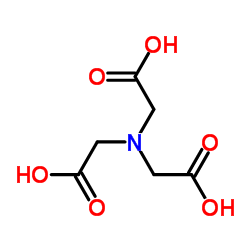 |
nitrilotriacetic acid
CAS:139-13-9 |
|
 |
chromium
CAS:7440-47-3 |
|
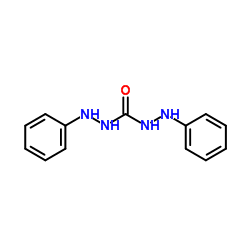 |
1,5-Diphenylcarbazide
CAS:140-22-7 |
|
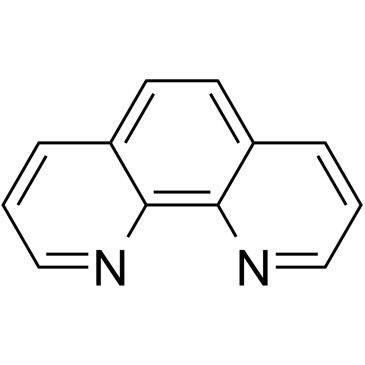 |
1,10-Phenanthroline
CAS:66-71-7 |